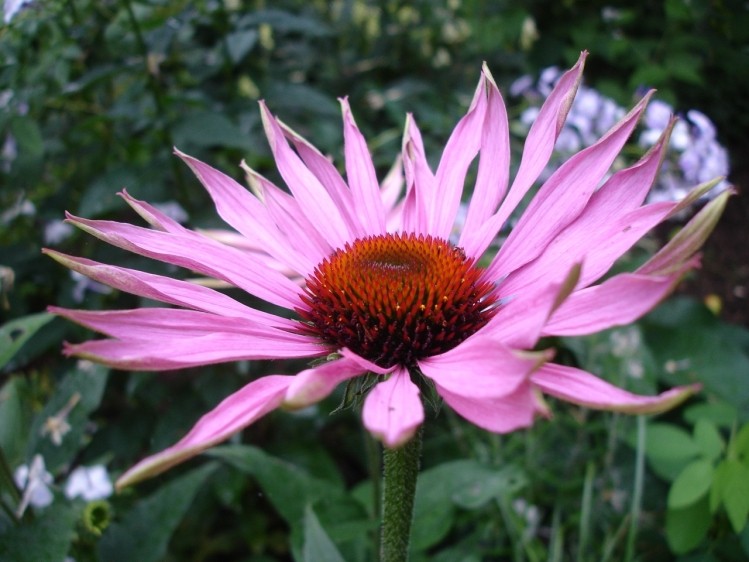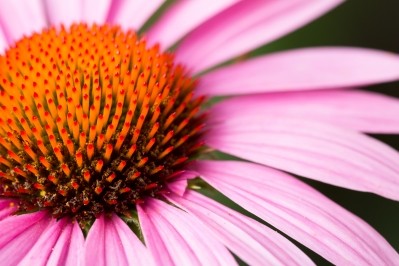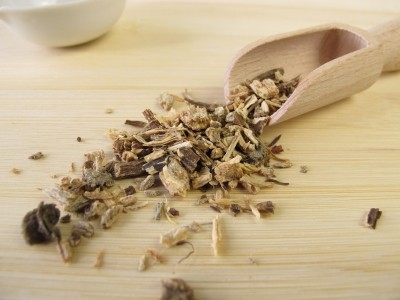Echinacea extract may help prevent common cold: Study

The study – published in Evidence-Based Complementary and Alternative Medicine – investigated the risks and benefits of Echinacea purpurea extract for the prevention of common cold in the largest ever study of the herbal remedy.
Led by researchers in the UK, the new data reports that three daily doses of the common remedy for four months reduced the likelihood of developing cold and also slashed the duration of the illness by an average of 26%. The herbal supplementation was also reported cut the number of recurrent colds, suffered by those with weakened immune systems, by 60%.
“Prophylactic treatment with Echinaforce over 4 months appeared to be beneficial for many reasons,” explain the researchers, led by senior author Professor Ronald Eccles, from Cardiff University, UK.
“Overall, the risk/benefit results from this clinical study suggested that long-term treatment with E. purpurea over 4 months can be recommended,” they said.
The study was partly funded by a grant from A. Vogel, who manufactures the Echinaforce product used in the clinical trial.
Herbal power
Echinacea is extracted from the Eastern Purple Coneflower – which is found in North America – and has long been used as a herbal remedy to battle the common cold.
Several previous studies – including a systematic review of the evidence from the Cochrane Collaboration – have suggested that echinacea could reduce the severity and duration of colds, however until now there has only been very limited evidence to suggest a benefit in preventing illness.
Despite the positive evidence the British drugs regulator, the MHRA, warned parents earlier this year that Echinacea should not be given to children under 12, because of the risk of severe allergic reactions including rashes and swelling of the mouth and tongue.
Study details
Eccles and his colleagues conducted a randomised, double-blind, parallel, placebo-controlled clinical trial in 717 participants. The group assessed safety and efficacy variables over a collective total of 11,472 weeks, or 2,868 months of prophylaxis.
Patients mixed 25 drops of Echinaforce or a placebo with water and held it in their mouths for 10 seconds before swallowing it, three times per day over a four month period.
The team said the overall safety profile of the echinacea supplement was ‘very good’, and was found to be the noninferior to placebo – a total of 293 adverse events occurred with Echinacea and 306 with placebo treatment, they said.
Eccles and his team revealed that those who took echinacea suffered 149 bouts of illness compared with 188 in the placebo group – a difference described by researchers as 'borderline significant'.
However, the total number of days spent with flu was reduced from 850 to 672 – a 'highly significant' change. While recurring infections were cut by 59%, the authors revealed.
Source: Evidence-Based Complementary and Alternative Medicine
Published online ahead of print, doi: 10.1155/2012/841315
“Safety and Efficacy Profile of Echinacea purpurea to Prevent Common Cold Episodes: A Randomized, Double-Blind, Placebo-Controlled Trial”
Authors: M. Jawad, R. Schoop, A. Suter, P. Klein, R. Eccles









